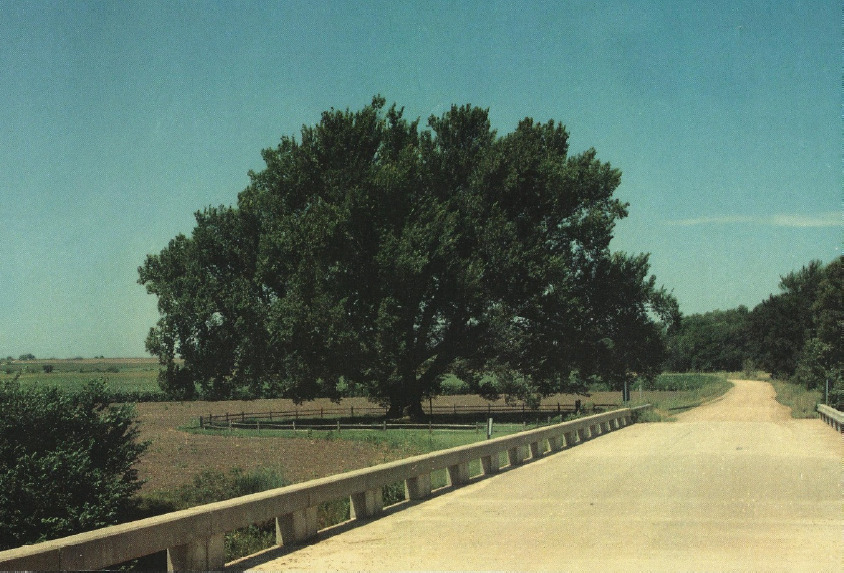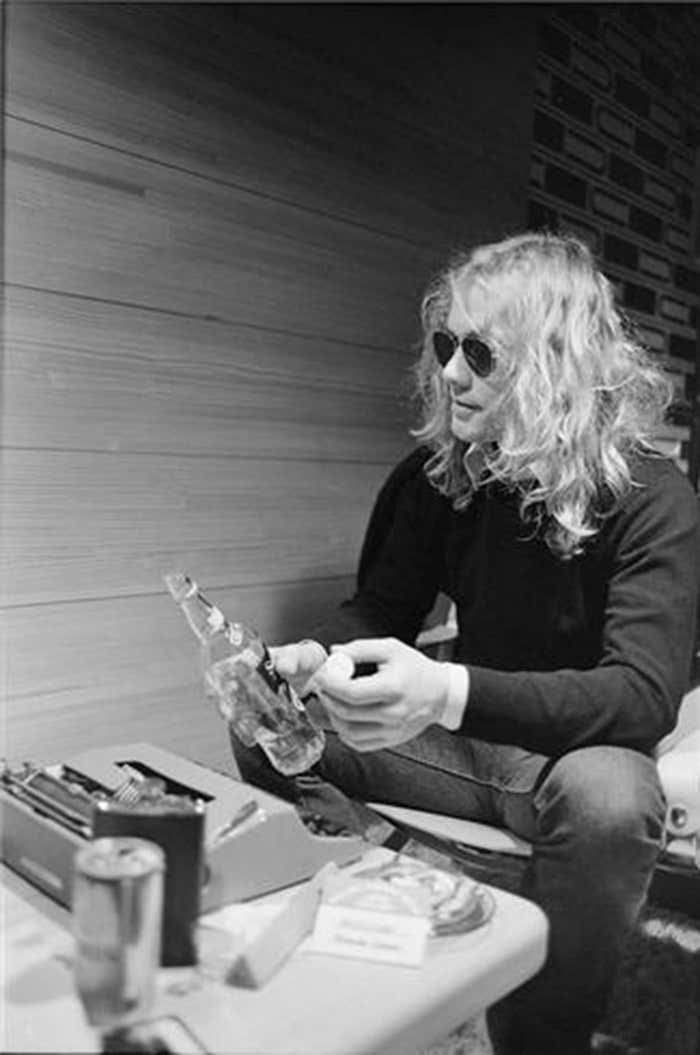reply to u/NoDoctor4602 at https://old.reddit.com/r/typewriters/comments/1fjrjns/ive_spent_a_few_days_searching_for_any_concrete/
In the mid to late-1950's and after several typewriter manufacturers made limited runs of gold plated typewriters for special anniversaries or for bonuses to salespeople. They're uncommon, but not rare. I've seen at least 6 or seven pop up on auction sites in the last 6 months. If you really want one, watch the lower end of Facebook Marketplace, ShopGoodwill, Craigslist, et al. where one will assuredly pop up for a much more reasonable price. I'm not sure if it was this one or another I've seen since April, but one of these went up for sale on ShopGoodwill.com recently and sold for about $600. A week later it was listed on eBay for several thousand just like this one. Given the timeframe, I doubt they spent any time cleaning, oiling, or adjusting it in any fashion—it was a pure flip. I've also seen this recently with Royal typewriters with a less common, but highly collectible Vogue typeface: a Royal P sold for about $900 there and was listed on eBay shortly after for over $1,500 with no indication that it was cleaned or adjusted. (If you watch some of the sites carefully, you can pick up a Vogue machine for under $100 easily enough depending on the type and condition.)
In my mind, as a collector, I'd try to find one in the wild and clean it up or I'd want it in stunning restored condition for over $2k. You might be just as well off picking up a working model for $100-$150 and gold plating the pieces yourself. It would probably be cheaper in the long run and you'd have a better machine in better condition. Some sucker with money to burn will eventually buy a Gold Olympia SM3 for over $2,000.
Here's a vew posts/videos as examples of gold plated machines:<br /> - A video of another Gold Olympia: https://www.youtube.com/watch?v=JnUHgyABjw0<br /> - Royal QDL https://typespec.com/weve-got-gold-in-them-thar-hills/<br /> - https://www.huffpost.com/entry/kasbah-mod-typewriters_n_1453776
If you're looking for something great that you'll use, I recommend visiting a repair shop that has some stock to try out some machines to see if you'd like their touch/fee/aesthetics first. Visiting a type-in or two might give you some experience with a wide variety of typewriter models as well. Then try to find a rare or exceptional version that's worth putting some money into. Why put so much into an Olympia if it turns out you're an Olivetti, Royal, or Smith-Corona person? https://site.xavier.edu/polt/typewriters/tw-repair.html (I desperately love Royals, but Smith-Coronas and Remingtons are much more forgiving of my mediocre typing technique, a fact which pains me dearly and cost a few hundred dollars and some sweat equity in cleaning and tuning machines to discover). Incidentally, I'll mention that for about $2,000 you could easily purchase a wide variety of about two dozen machines (even with shipping) and be able to get something truly exceptional in terms of condition and function.
Incidentally, the higher prices of $250-600 for repaired/refurbished/restored machines being sold by repair shops are usually what Harry Beercan is using as a pricing guide when he's selling his grandmother's musty, broken, old typewriter online not knowing that several hundred dollars in labor and parts has been calculated into the selling price.


